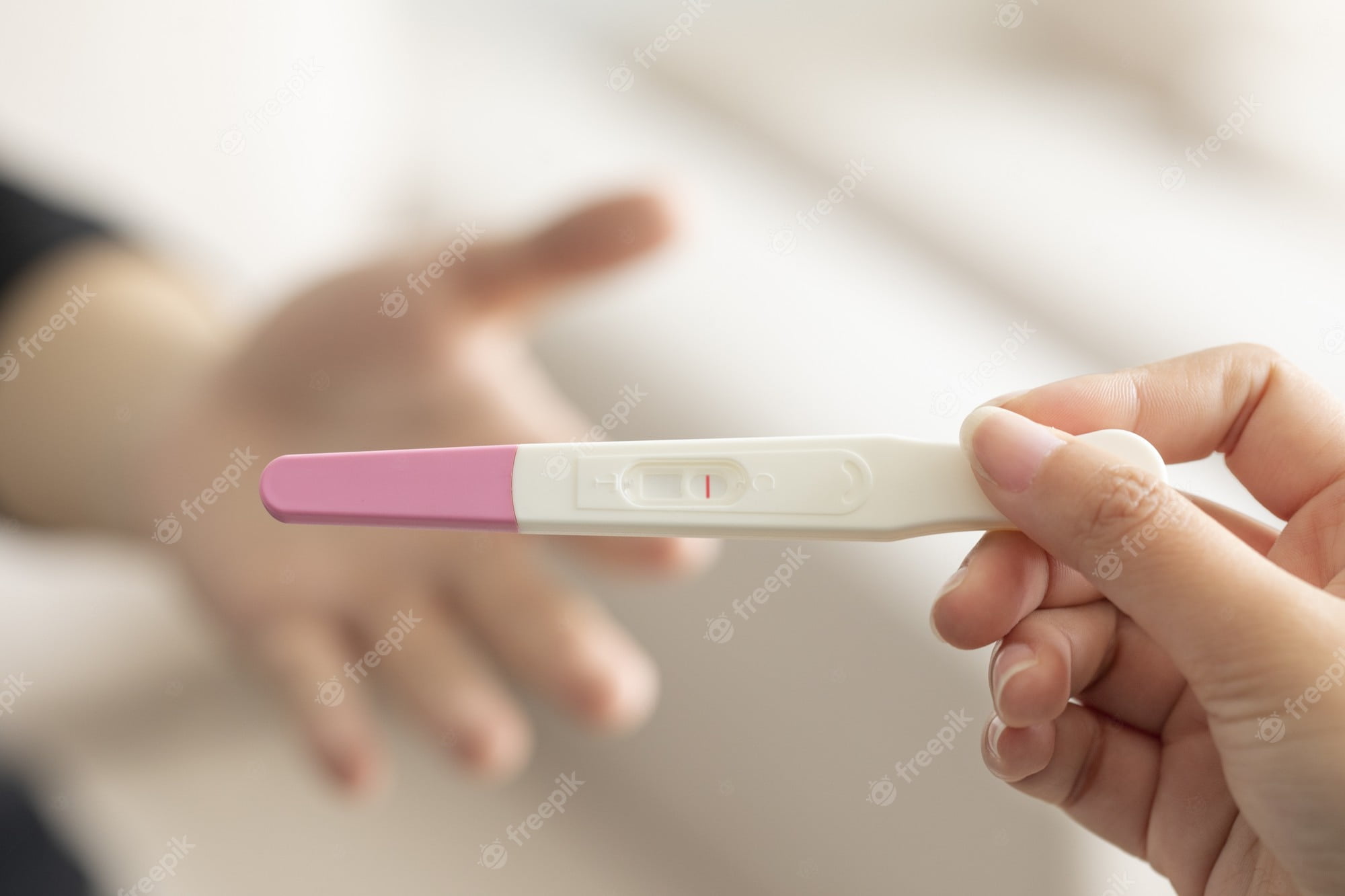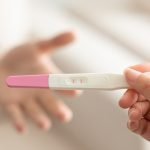
Contents
Introduction
In the journey of family planning, a pivotal moment often comes when you suspect a possible pregnancy. It’s during these times that a pregnancy test dipstick can be your closest ally. In this article, we will delve into the world of pregnancy test dipsticks, exploring what they are, how they work, when and how to use them, and much more.
Understanding Pregnancy Test Dipsticks
What Is a Pregnancy Test Dipstick?
A pregnancy test dipstick is a small, affordable, and convenient device designed to detect the presence of human chorionic gonadotropin (hCG) in a woman’s urine. HCG is a hormone produced during pregnancy, making it a reliable indicator.
How Does It Work?
The working principle of a pregnancy test dipstick is simple. When dipped into a urine sample, it captures any hCG present. If hCG is detected, the test produces a positive result, indicating pregnancy. Conversely, a negative result suggests no pregnancy.
When to Use a Pregnancy Test Dipstick
Early Detection
Pregnancy test dipsticks are designed for early detection. You can use them as soon as 10 to 14 days after conception, even before your missed period. However, for more accurate results, it’s recommended to wait until the day of your expected period.
Signs and Symptoms
If you’re experiencing early pregnancy symptoms like fatigue, breast tenderness, and nausea, a pregnancy test dipstick can provide confirmation.
How to Use a Pregnancy Test Dipstick
Step 1: Read the Instructions
Before you begin, carefully read the instructions provided with the test kit. Different brands may have slight variations in usage.
Step 2: Gather Supplies
You’ll need the pregnancy test dipstick, a clean container for collecting urine, and a timer.
Step 3: Collect Urine
Collect a urine sample in the container provided or use a clean, dry cup. Ensure that the urine is not diluted.
Step 4: Dip the Stick
Hold the pregnancy test dipstick by the handle and immerse the absorbent end into the urine. Be sure not to exceed the maximum dip line.
Step 5: Wait for Results
Place the dipstick on a flat surface and set a timer according to the instructions. Typically, results will appear within a few minutes.
Step 6: Interpret the Results
Read the results as per the guidelines in the instruction manual. Most tests will display a control line and a test line. A positive result will show two distinct lines, while a negative result will display only the control line.
Common Misconceptions
False Positives and Negatives
While pregnancy test dipsticks are highly accurate, certain factors such as medications or improper usage can lead to false results. Always follow the instructions and consult a healthcare professional if you have doubts.
Conclusion
Pregnancy test dipsticks have revolutionized the way women confirm their pregnancies. They offer a quick, convenient, and reliable method to detect early pregnancy, providing peace of mind and enabling timely decisions. Remember to use them responsibly, and if you have concerns or doubts, consult with a healthcare professional.
FAQs
- How soon can I use a pregnancy test dipstick after conception? You can use a pregnancy test dipstick as early as 10 to 14 days after conception, but waiting until the day of your expected period yields more accurate results.
- Can medications affect the accuracy of a pregnancy test dipstick? Yes, certain medications may interfere with the test results. Consult with your healthcare provider if you are unsure about your medication’s impact on the test.
- Are all pregnancy test dipsticks the same? While they share a common principle, different brands may have variations in sensitivity and design. Always follow the specific instructions provided with your test kit.
- Can a pregnancy test dipstick detect an ectopic pregnancy? A pregnancy test dipstick can detect a pregnancy, but it cannot determine the location of the pregnancy. If you suspect an ectopic pregnancy, seek immediate medical attention.
- Is it possible to get a false positive result with a pregnancy test dipstick? While rare, false positive results can occur due to certain medications or medical conditions. If you doubt your result, consult with a healthcare professional for confirmation.




